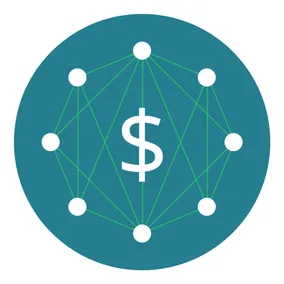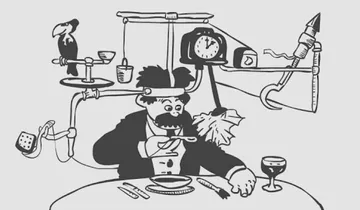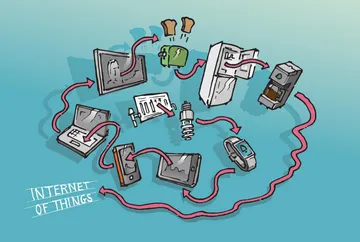Value Over Invention: Breaking Down the Promise of IoT (Part 2)

Shaan Savarirayan, Former Developer
Article Categories:
Posted on
Understand how to best deliver value rather than new technology when developing consumer products on the Internet of Things.
In Part 1 of this article series, we outlined a high-level overview of the Internet of Things and established a philosophy for identifying the value of potential use-cases of connected devices. Using this mindset, we will now dive into the realm of consumer products, currently the most visible and glamorous application of IoT, to scope out the best way to deliver value to customers instead of simply new tech.
The value of a consumer product is determined, naturally, by the consumer, the most fickle of stakeholders. Unlike a business, the consumer’s accounting of value is nuanced and complex, transcending the simple math of revenue and cost. IoT consumer products are graded against the same rubric that non-connected consumer products are subject to—measures of their functional, emotional and social impact (check out this excellent breakdown of those factors in Harvard Business Review). However, regardless of the problem they are trying to solve for consumers, smart products must focus their design considerations in two areas more so than their non-connected counterparts to not dilute their value proposition: usability and integration.
Usability
IoT consumer products have been wracked by face-palm inducing examples of bad user experience and poor interface design. There’s a couple of typical reasons for this. First, the technology stack in connected products can be quite complex, more so than the average consumer product, and takes up much of the focus during the development process. It’s important to dedicate a significant portion of product resources to user testing and feedback, as a good user experience can differentiate your product above the rest. Over-exposure of the product’s technology can greatly dilute that experience, so great care must be taken to design against it.
Second, the increased complexity naturally leads to a more complicated user interface—between on-device screens, buttons, and feedback lights, on top of the actual device functionality, all potentially integrated with a web portal and mobile app, there’s a multitude of user touch points across devices that have to be streamlined and simplified into a cohesive narrative of experience. It’s no easy task and can be either a delightfully complex challenge for a UX designer or the bane of their existence, depending on their perspective.

Both of these are exasperated by the fact that many new IoT products strive to throw on as many bells and whistles as possible, falling into the trap of tech for tech’s sake. In addition to delivering a product bloated with technology, this thinking results in a bloated price tag as well, making an implicitly weak argument for the product much more explicit. Framing a product as a positional good through branding only takes it so far, and is really only viable for a select few companies with ironclad brand recognition. The point is, just because a product is powerful technologically doesn’t mean it’s powerful in the eyes of the average consumer. By keeping a focused feature list during development and planning out the interaction between the product’s various interfaces, companies can avoid a disastrous product launch that has all the technology but none of the appeal.
Integration
The fundamental tenet behind the Internet of Things is connectivity, as the power of a smart device increases in proportion to the number of other devices it can communicate with. Designing a traditional consumer product as if it were to exist in a vacuum is short-sighted, but in the case of connected products, it can become a fatal error. This characteristic of IoT products adds an additional challenge from a UX perspective. It’s not enough to have a clearly-communicated product interface, independent of the context. Now designers have to consider the user’s experience of their product as it relates to all the connected products that might be in their life. The list of interfaces suddenly gets a lot longer, and each must be given its due consideration during the design process.

The reality of multiple interfaces also poses an interesting challenge for businesses who must weigh proprietary concerns against compatibility and adoption. If a voice-controlled, self-cleaning litter box (I’m sure it’s a real thing) can’t interface with Alexa, will consumers choose it over one that is? After all, no the average person can tolerate only so many AI voice assistants in their lives. Integration is especially important for startups looking to break into a market with a new connected device. Unless a business is looking to develop a suite of products, chances are they’ll have to weigh the pros and cons of allowing integration with other common devices consumers are most likely to be using. Depending on the business model, an astute integration strategy can make or break the widespread adoption of a business’ new consumer product.
Recap
Determining the value of a consumer device is a balancing act that involves delving into the myriad of factors that make up consumer psychology. IoT consumer products face the same challenge. However, IoT products are more susceptible to the pitfalls of unpleasant UX and poor integration. By focusing the design process of a connected consumer device on these critical pain points, you can increase your product’s chances for success in the marketplace.
In the next article, we’ll consider a more concrete application of the Internet of Things: experiential marketing, and how business can extract the most value from a connected, interactive campaign. Stay tuned and stay connected.